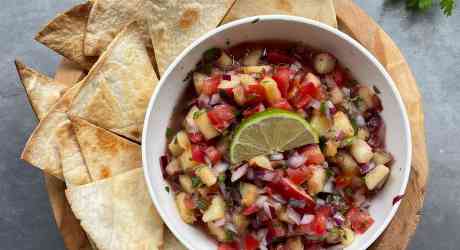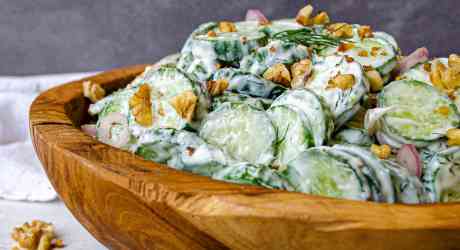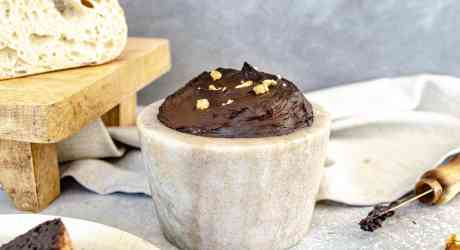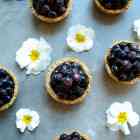CAULIFLOWER MAC N’ CHEESE
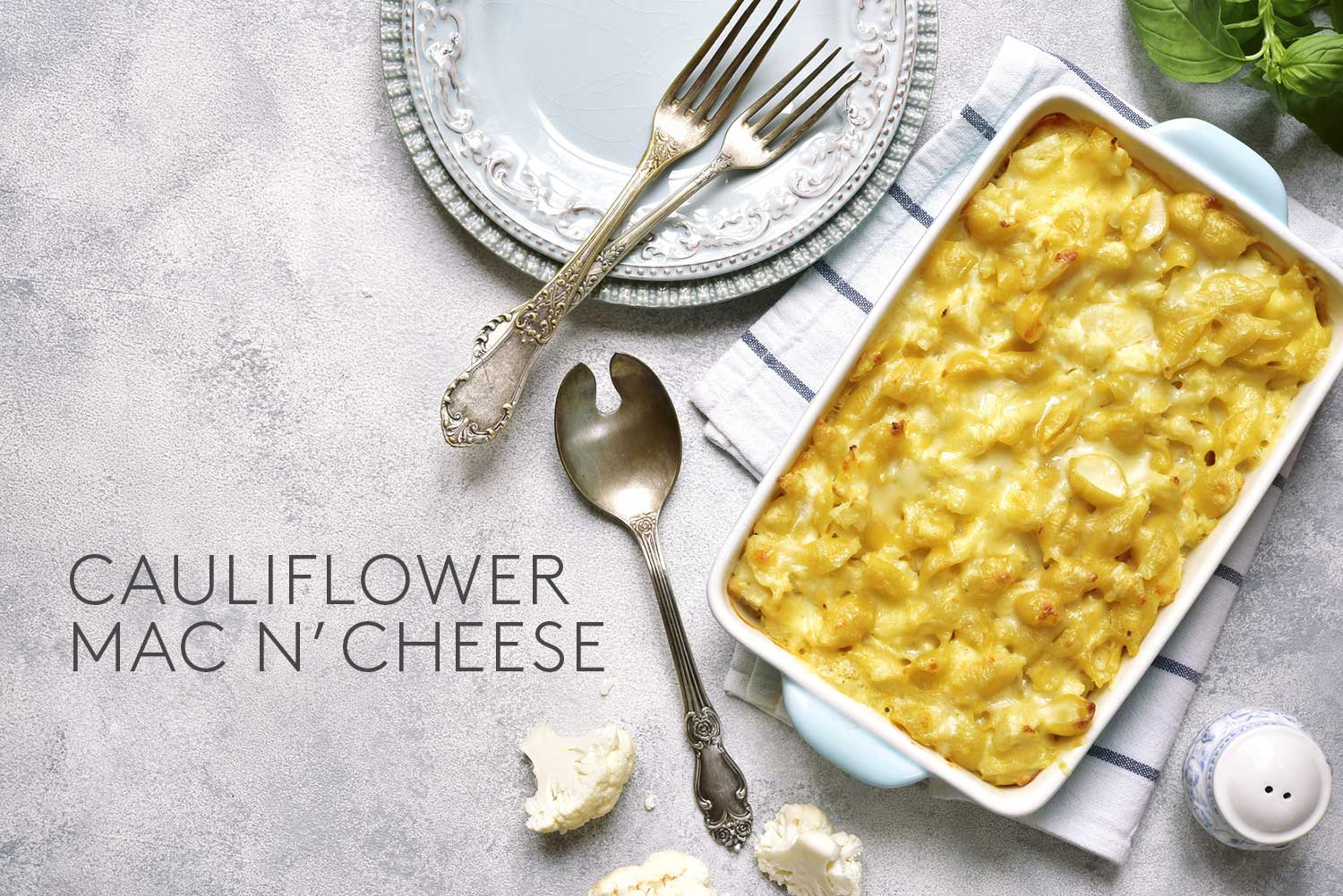
I have eaten more than my fair share of mac n’ cheese (brand shall remain unnamed, but you all know the one I’m talking about) both growing up on welfare with a single mom, and then in university when the student loans just couldn’t stretch far enough. I still love it. So I wanted our team to come up with a version that still had a similar flavour and mouth-feel to that familiar blue and yellow boxed variety, but one that was brimming with brain-boosting ingredients and lacking the brain-draining ones (like tartrazine, or yellow food dye 5, linked to migraines and ADHD).
This mac n’ cheese is gluten free, dairy free and vegan, and is chock full of vegetables - but if you don’t want your kids (or partner) to know, they won’t be able to tell. It’s also loaded with anti-inflammatory spices (but again, not in an overpowering way, so you’ll approve whether you’re young or young at heart). We also incorporated probiotic and prebiotic ingredients to give your gut (and thus your brain) some special love here.
Bonus: this sauce freezes nicely, so next time you’re wanting a super quick meal or are craving mac n’ cheese all you have to do is boil some pasta and add this sauce to it (instead of that packet of orange god-knows-what that comes with the boxed variety).
- 1 pound pasta (rice or quinoa, or other gluten free pasta)
- 1 1/4 cup water
- 1 cup plain rice or almond milk
- 2 cups softened cauliflower*, cut into small pieces (can be steamed or roasted)
- 1/3 cup nutritional yeast
- 2 Tbsp arrowroot powder
- 1 Tbsp lemon juice
- 1 tsp sea salt
- 1/2 tsp garlic powder
- 1 tsp onion powder
- 1/2 tsp dry mustard
- 1/2 tsp paprika
- 1/2 tsp turmeric
- 2 Tbsp tahini
- 2 tsp chickpea miso**
- Black pepper, to taste
- 1/4 cup brown rice bread crumbs (any old bread you have that is too stale to eat, you can crush into breadcrumbs)
- Put the pasta on to boil, according to package directions. While it's cooking, blend remaining ingredients together in a blender.
- When the pasta is al dente, drain it, reserving about 1/2 cup of the cooking water and return the pasta to pan.
- Add the sauce mixture and cook, stirring, until mixture boils and thickens. Add a little of the pasta water if more moistness is needed.
- If the sauce is not as flavourful as you'd like, add a little more mustard and onion powder.
- Place the pasta and the "cheese" sauce together in a large baking dish and top with brown rice bread crumbs and bake in the oven for 10-20 minutes (if you like the crispy baked kind).
- If there is extra sauce, leave some aside for another batch (can be frozen).
* Cauliflower can be pricey, so we tried (and loved) this recipe with butternut squash, too!
** We recommend chickpea miso over traditional soy-based miso because soy is goitrogenic (and we work with so many people who have under active thyroid!). If you’re ok with soy, you can use organic non-GMO soy miso. Or, you can just add a little more sea salt and omit the miso altogether!

Cauliflower:
- Rich in sulfurophane (which is richest in broccoli sprouts, actually), a compound that is shown to fight inflammation and, in mice so far, prevent inflammation-related depressive symptoms and dendrite (arms of brain cells) changes.
- When combined with turmeric it may be a brain health powerhouse because curcumin (turmeric’s active compound) is shown to boost the healthy fat DHA in the brain. Don’t forget to add black pepper, too (its piperine boosts curcumin bioavailabity!)
Tahini:
- Sesame seeds are a great antioxidant food, and in a rodent study may even have potential for the management of Huntington’s disease (a 100% genetic disease that is not thought to be able to be helped with nutrition).
- Sesame seeds may be a super secret memory superfood, as a mouse study starts to suggest.
- References
-
Chidambaram, S.B., Pandian, A., Sekar, S., Haridass, S., Vijayan, R., Thiyagarajan, L.K., Ravindran, J., Balaji Raghavendran, H.R., & Kamarul, T. (2016). Sesame indicum, a nutritional supplement, elicits antiamnesic effect via cholinergic pathway in scopolamine intoxicated mice. Environmental Toxicology, 31(12), 1955-1963.
Kumar, P., Kalonia, H. & Kumar, A. (2009). Sesamol attenuate 3-nitropropionic acid-induced Huntington-like behavioral, biochemical, and cellular alterations in rats. Journal of Asian Natural Products Research.11(5), 439-450.
Zhang, J.C., Yao, W., Dong, C., Yang, C., Ren, Q., Ma, M., Han, M., Ushida, Y., Suganuma, H. & Hashimoto, K. (2017). Prophylactic effects of sulforaphane on depression-like behavior and dendritic changes in mice after inflammation. The Journal of Nutritional Biochemistry. 39, 134-144.
Wu, A,. Noble, E.E., Tyagi, E., Ying, Z., Zhuang, Y. & Gomez-Pinilla, F. (2015). Curcumin boosts DHA in the brain: Implications for the prevention of anxiety disorders. Biochimica et Biophysica Acta. 1852(5), 951-961.
